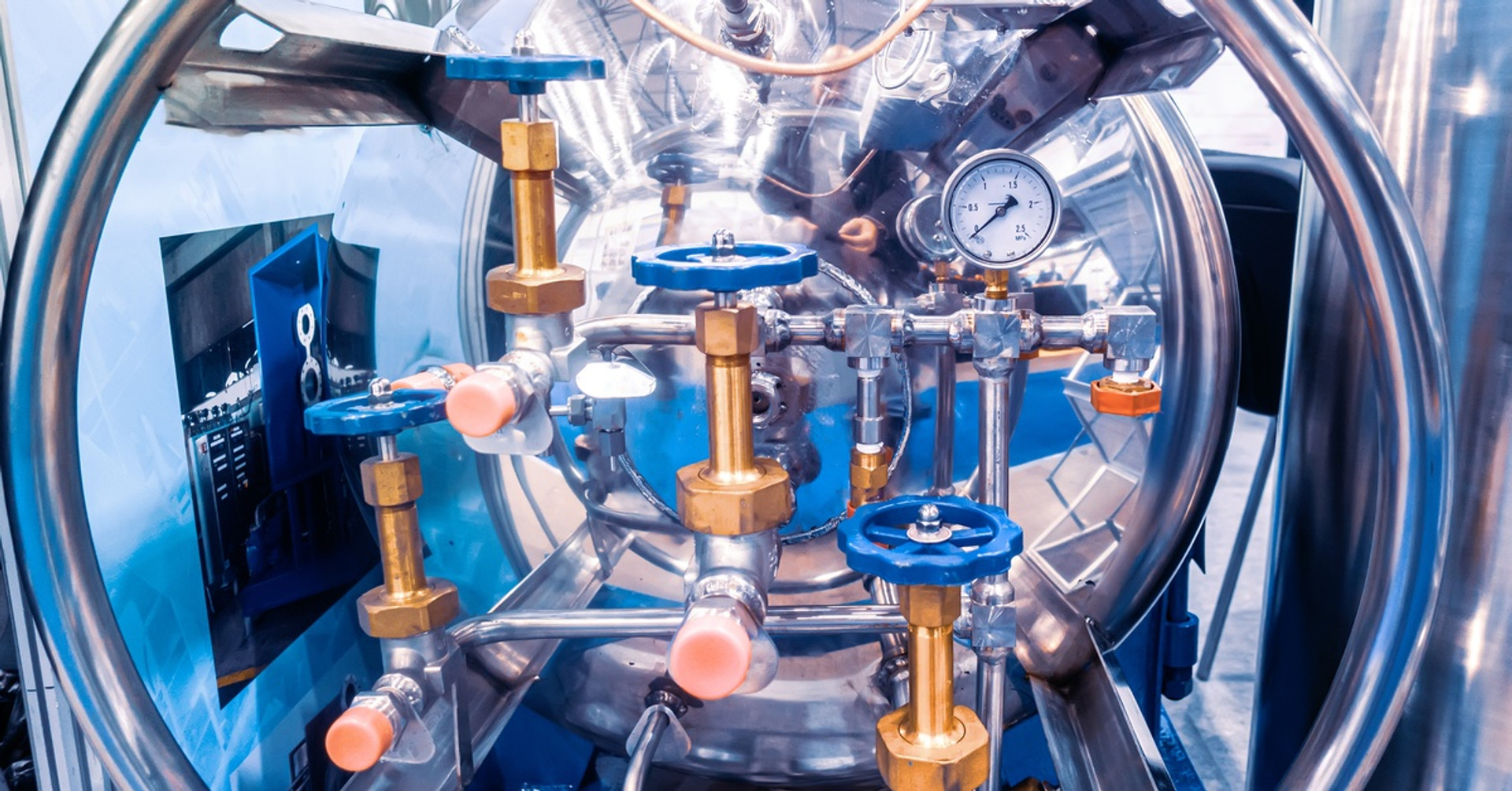4 Gases Used in Cryogenic Monitoring Equipment
Cryogenic systems demand precision across extreme temperature ranges where gas behavior often shifts unexpectedly. Monitoring equipment must detect subtle fluctuations to prevent failure in critical applications like medical storage, spaceflight, or biochemical research.
Engineers rely on specific gases that interact predictably within cryogenic environments to calibrate sensors and maintain safety. Each gas offers unique challenges and value based on its chemical structure, thermal properties, and role in system design.
Oxygen (O₂)
Oxygen plays a vital role in cryogenic systems where atmosphere control directly impacts safety and functionality. In many applications, oxygen sensors detect enrichment or depletion that could lead to combustion or suffocation risks. Precision equipment must track oxygen behavior under low temperatures to maintain integrity in aerospace systems and closed biological storage.
Cryogenic sensors often incorporate oxygen calibration standards to avoid false readings or drift. Operators adjust equipment to account for oxygen’s altered density and reactivity under cryogenic conditions. Many professionals recognize oxygen as one of the gases used in cryogenic monitoring equipment because of its wide use in safety-critical systems.
Nitrogen (N₂)
Nitrogen acts as both a cryogen and a monitored gas in applications that demand stable thermal environments. Its ability to displace oxygen makes accurate nitrogen tracking essential in medical freezers and biological transport systems. Failure to detect oxygen displacement often results in unsafe or noncompliant conditions.
Many laboratories use nitrogen sensors in tandem with oxygen detectors to validate containment and ventilation. Cryogenic systems require calibration gases that maintain purity and consistency across freezing cycles. Nitrogen is one of the most important gases used in cryogenic monitoring equipment for storage and thermal control processes.
Helium (He)
Helium supports ultra-low-temperature systems in research, health care, and aerospace where other gases fail to maintain phase stability. Its high diffusivity and thermal conductivity make it indispensable in environments such as superconducting magnets and particle accelerators. Accurate helium monitoring protects sensitive infrastructure from loss or performance degradation.
Sensor calibration becomes especially complex with helium due to its ability to escape small gaps and distort readings. Helium is among the most valuable gases used in cryogenic monitoring equipment when precision and purity matter most.
Argon (Ar)
Argon performs reliably in cryogenic systems that require inert atmospheric conditions and protection from oxidation. It supports applications involving biological specimen storage, reactive material preservation, and ultra-cold laboratory processing. Because argon remains nonreactive under pressure, it stabilizes systems vulnerable to contamination.
High-performance sensors detect argon displacement and verify retention within enclosed chambers. At MESA Specialty Gas, we provide calibration gas tailored for argon monitoring across commercial and scientific environments. We help clients improve measurement accuracy and meet strict regulatory demands with custom gas solutions.
Carbon Dioxide (CO₂)
Carbon dioxide supports cryogenic operations that involve pH control, metabolic suppression, or low-temperature transport logistics. Its ability to shift into solid form introduces challenges for monitoring systems that must account for density and phase changes. Technicians rely on calibrated CO₂ standards to identify leaks, blockages, or composition changes in sealed systems.
Monitoring equipment uses advanced filters and response tuning to distinguish CO₂ from surrounding gases under cryogenic load. Teams that manage long-distance biological shipments frequently use CO₂ tracking to preserve temperature conditions. Accurate calibration plays a critical role in maintaining that reliability across each use case.
Contact MESA Specialty Gas to access high-quality custom calibration gas standards designed for cryogenic use. Let us help you maintain accuracy, meet regulatory requirements, and support mission-critical operations.

